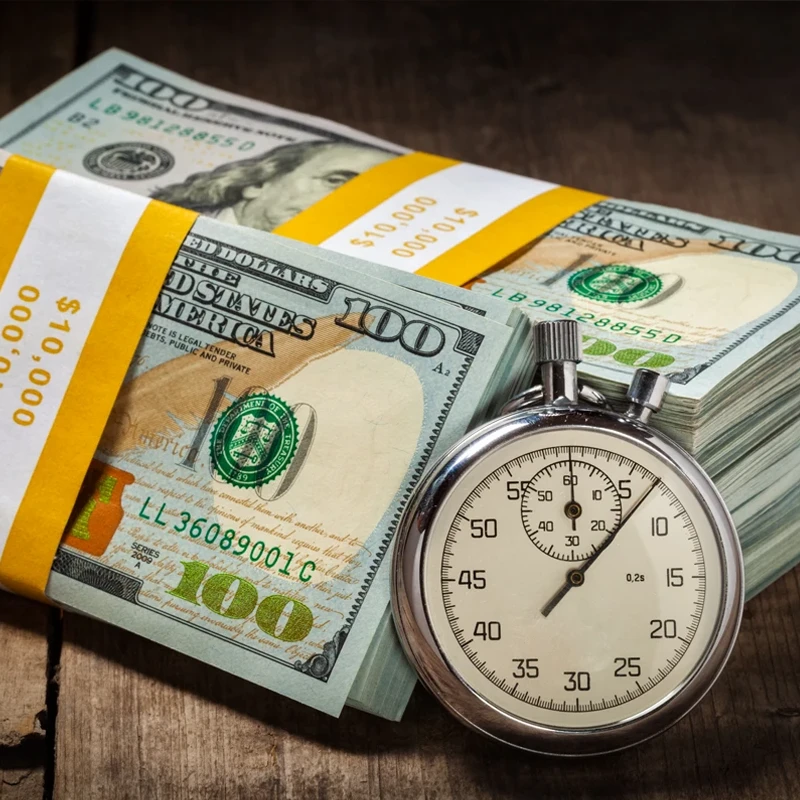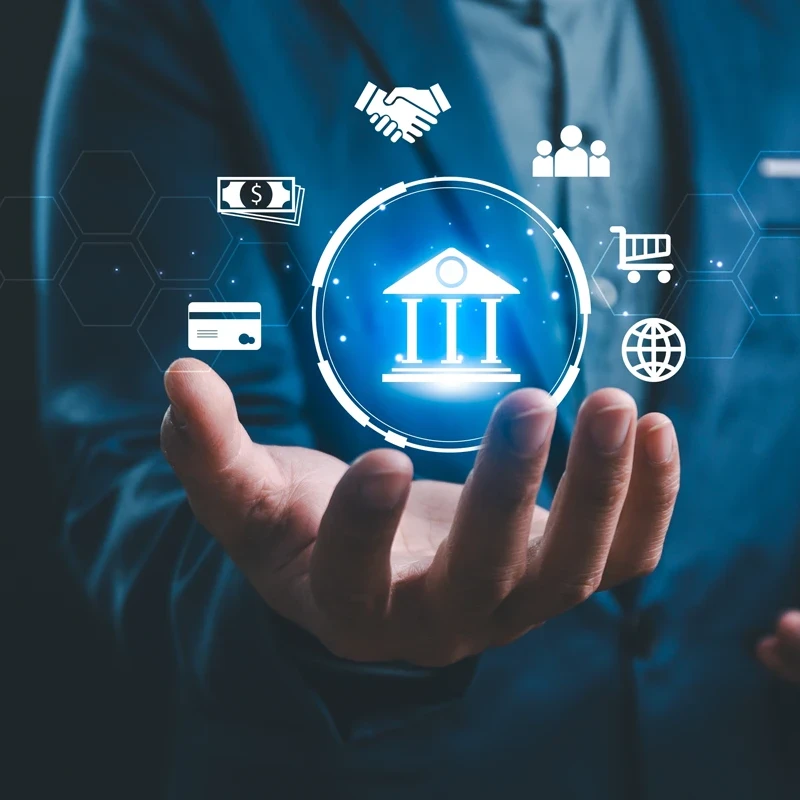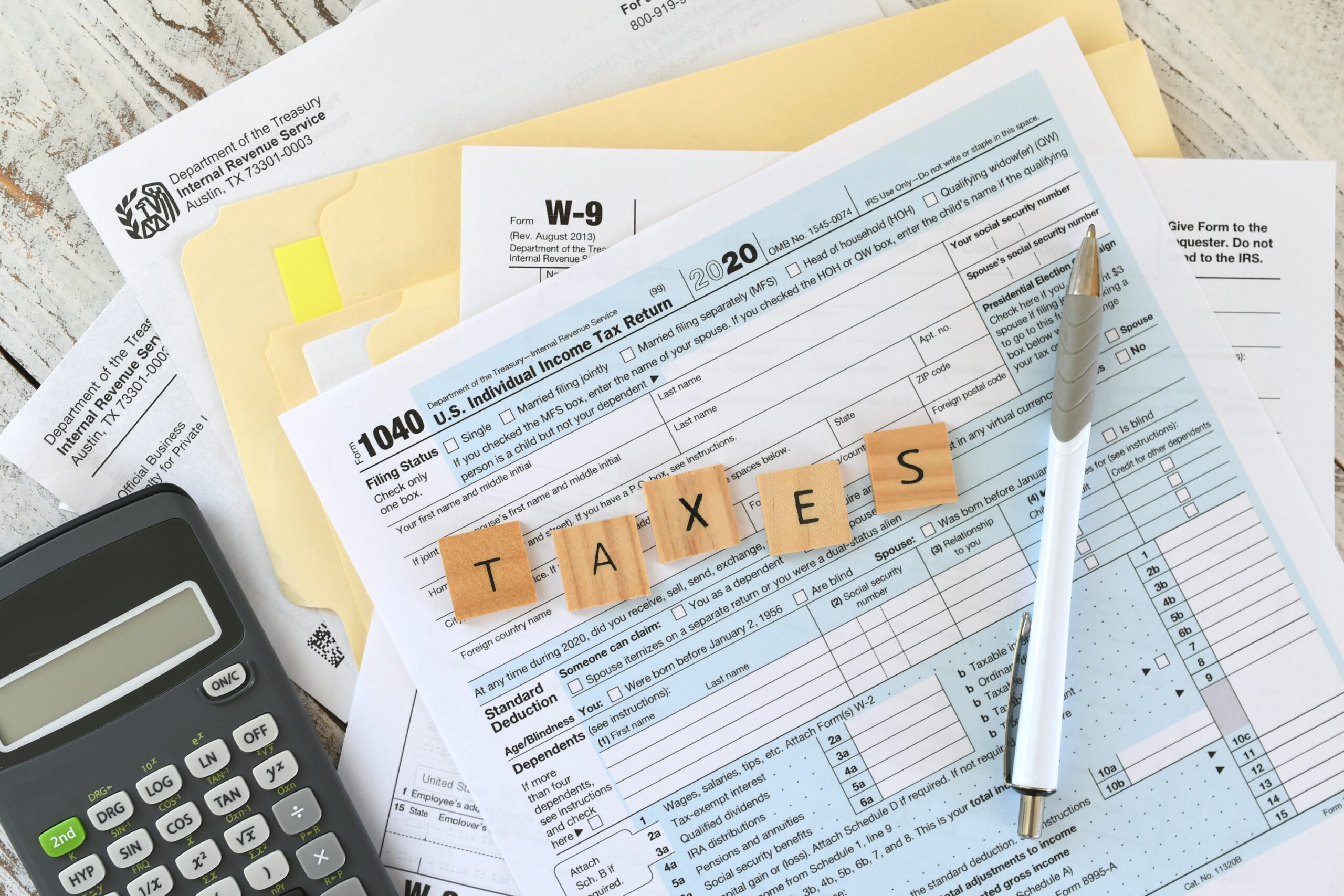It’s one of the most common pieces of financial advice floating around social media, car dealerships, and even well-meaning family chats: “If you can afford the monthly payment, you can afford it.” But in 2025, this mindset is quietly sabotaging financial futures across the country.
With interest rates still hovering above 20% for many credit products and consumer debt topping $1 trillion, focusing solely on monthly affordability is like judging a book by its cover—while ignoring the fine print that says “you’ll pay double over time.”
📊 The Monthly Payment Trap: What the Data Says
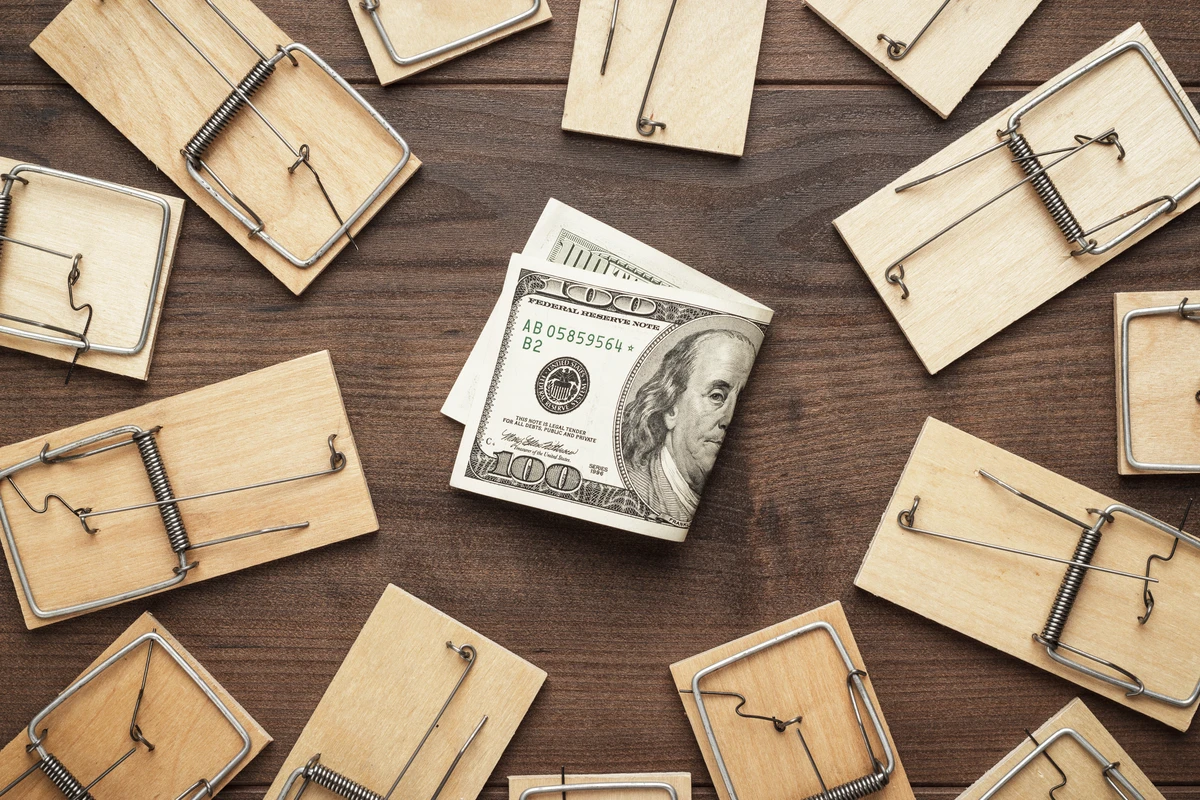
According to the 2025 Credit Check-In by Happy Money, here’s what Americans are facing:
- 37% of people carry a credit card balance every month, rising to 45% for those aged 35–54
- 42% of respondents say credit card payments affect their mental health, and 34% say it disrupts their sleep
- 21% have taken no action to manage their debt, despite feeling overwhelmed
Meanwhile, the Federal Reserve’s Diary of Consumer Payment Choice shows that consumers made an average of 48 payments per month in 2024, with credit cards driving most of that growth. That’s a lot of monthly payments—and a lot of interest stacking up.
🧠 Why This Mindset Persists: The Psychology Behind Monthly Payments
1. 💵 It Feels Manageable—Even When It’s Not
A $300 monthly car payment seems harmless. But stretch that over 72 months with a 6% interest rate, and you’re paying nearly $24,000 for a $20,000 car. That’s $4,000 in interest—money that could’ve gone toward savings, investments, or debt reduction.
This illusion of affordability is widespread. According to the National Bureau of Economic Research, consumers are significantly more sensitive to monthly payment amounts than to interest rates or total loan costs. In fact, many borrowers “bunch” around round-number payments like $300 or $500, using these figures as budgeting heuristics—even if it means choosing longer loan terms and paying more over time.
A 2025 study by Watkins Wellness revealed that 40% of hot tubs sold last year were financed, often with payments as low as $300–$400/month. That framing made luxury purchases feel attainable, even when the total cost exceeded $10,000.
2. 📢 It’s Marketed That Way—By Design
Retailers and lenders know that sticker shock kills sales. So they lead with monthly payments, not total cost. This tactic is especially common in auto sales, home improvement, and luxury retail.
- Example: A pool company in Wisconsin saw a spike in sales after switching from total price tags to “starting at $___/month” signage.
- Buy Now, Pay Later (BNPL) services are projected to hit $1 trillion in annual volume by 2025, largely because they break down intimidating prices into bite-sized payments.
This strategy isn’t just about accessibility—it’s about emotional manipulation. By reframing a $2,000 item as “four easy payments of $500,” marketers tap into our desire for control and instant gratification.
3. 🧘♀️ It’s Emotionally Reassuring—But Financially Risky
Predictable monthly payments offer a sense of stability. But that comfort can be deceptive.
The “cashless effect”, documented by Investopedia, shows that digital payments reduce the psychological “pain” of spending. Swiping a card or tapping a phone feels less real than handing over cash, weakening our mental connection to the money spent.
This emotional detachment leads to:
- Impulse buying: Consumers spend more on discretionary items when using credit or BNPL
- False sense of control: Regular payments feel manageable, even when they’re stacking up
- Mental health strain: 42% of Americans say credit card payments affect their mental health, and 34% report disrupted sleep due to financial stress
In short, the monthly payment mindset offers emotional relief—but often at the cost of long-term financial wellness.
💥 The Real Cost of “Affordable” Payments

Let’s break it down with a common example:
- Loan Amount: $20,000
- Interest Rate: 6%
- Term: 72 months
- Monthly Payment: ~$333
- Total Paid Over Time: ~$23,976
That’s nearly $4,000 in interest—just for the privilege of spreading out payments. And if you miss payments or refinance poorly? That number climbs even higher.
🚨 Why This Mindset Is Dangerous: The Hidden Costs of “Affordability”

1. 🛍️ It Encourages Overspending
When people focus solely on monthly payments, they often stretch their budgets to accommodate larger purchases—especially when loan terms are extended to make payments seem “affordable.”
- Example: A $45,000 SUV financed over 84 months at 7% interest may have a monthly payment of just $680. But the total cost balloons to over $57,000, with $12,000 in interest.
- According to Chase Bank, overspending often stems from impulse decisions and lifestyle creep. Consumers may prioritize “wants” over “needs,” leading to high credit utilization and long-term debt.
- The “cashless effect”, as documented by Investopedia, shows that digital payments reduce the psychological “pain” of spending. This makes it easier to justify purchases based on monthly affordability rather than total cost.
In short, the illusion of affordability leads people to buy more than they need—and pay far more than they realize.
2. 💣 It Masks Interest Costs
Lower monthly payments often come with longer loan terms. And longer terms mean more interest paid over time.
- A 30-year mortgage at 4% interest on a $200,000 home results in $143,739 in interest. A 15-year mortgage at the same rate costs just $66,288 in interest—a savings of nearly $77,000.
- In 2025, personal loan interest rates range from 11.3% to 25.2%, depending on credit score. That means even a modest $10,000 loan could cost $2,500–$6,000 in interest over time.
- Many borrowers don’t realize that early payments in long-term loans mostly go toward interest—not principal. This delays equity-building and prolongs debt.
The takeaway? A “low monthly payment” often hides a high total cost.
3. 🧨 It Undermines Financial Goals
Every dollar spent on interest is a dollar not invested in your future.
- According to Discover, interest payments can delay key milestones like homeownership, retirement savings, and debt freedom.
- For example, paying $12,000 in interest on a car loan could instead fund:
- A Roth IRA with 10 years of compound growth
- A down payment on a starter home
- A year’s worth of emergency savings
High-interest debt also impacts mental health. The 2025 Credit Check-In found that 42% of Americans say credit payments affect their mental health, and **34% report disrupted sleep due to financial stress.
✅ Better Advice: Look at the Full Cost
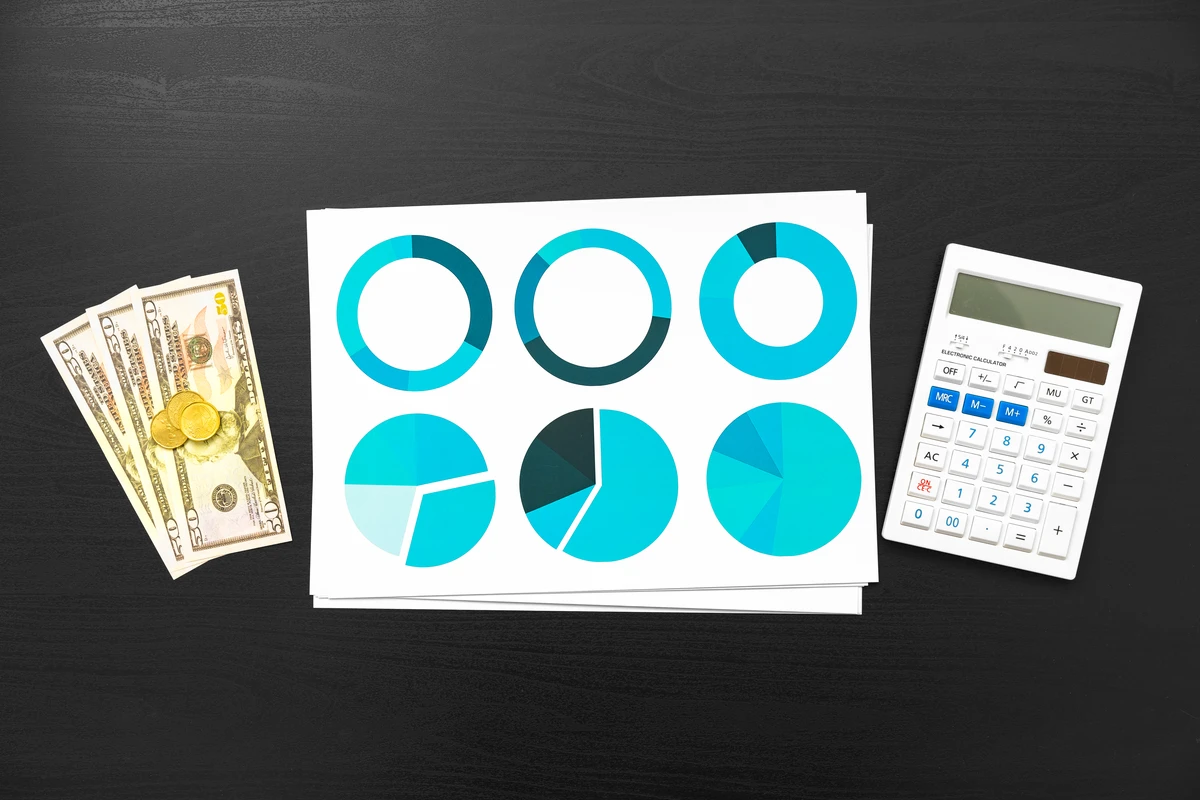
Shifting from “monthly payment thinking” to total cost awareness is one of the most powerful financial mindset shifts you can make in 2025. Here’s how to do it right:
🔍 Use APR, Not Just Interest Rate
The Annual Percentage Rate (APR) includes not only the interest rate but also fees like origination charges, closing costs, and broker fees. It gives a more accurate picture of what you’ll actually pay.
- According to Investopedia, APR is almost always higher than the nominal interest rate and is required by law to be disclosed under the Truth in Lending Act.
- Example: A $200,000 mortgage with a 6% interest rate and $5,000 in fees results in an APR of 6.15%—a subtle but significant difference that adds up over time.
🧮 Calculate Total Repayment
Use tools like the CalculatorSoup Loan Calculator to see the full cost of your loan, including interest over time.
- You can input loan amount, interest rate, and term to generate a full amortization schedule.
- Example: A $20,000 loan at 7% over 72 months results in ~$4,400 in interest. Seeing that number in black and white can be a wake-up call.
📉 Choose Shorter Terms When Possible
Shorter loan terms mean higher monthly payments—but significantly lower interest paid over time.
- A 15-year mortgage at 5.43% APR saves over $77,000 in interest compared to a 30-year mortgage at 6.58% APR.
- You also build equity faster and qualify for better rates due to lower lender risk.
💰 Make Larger Down Payments
A bigger down payment reduces your principal, lowers your monthly payment, and slashes interest costs.
- Putting down 20% or more can eliminate Private Mortgage Insurance (PMI), saving you 0.5%–1% annually on your loan.
- It also makes you a more attractive borrower, potentially unlocking better rates and terms.
💡 Smart Strategies for 2025

These practical tips help you avoid the traps of monthly payment thinking and build a more resilient financial future:
🚫 Avoid Financing Lifestyle Upgrades
Just because a $150/month plan fits your budget doesn’t mean you should finance that new couch or tech gadget.
- Lifestyle creep is real: 1 in 3 Americans earning $200K+ live paycheck to paycheck due to overspending.
- Financing “wants” instead of “needs” can quietly sabotage your savings and retirement goals.
⛔ Don’t Stretch Car Loans Beyond 60 Months
Longer car loans (72–84 months) often come with higher interest rates and leave you with negative equity—owing more than the car is worth.
- A 72-month loan on a $32,500 car at 4.63% interest costs $4,785 in interest, compared to $3,934 for a 60-month loan.
- Stretching to 84 months can push interest past $6,000, while your car depreciates rapidly.
⚠️ Be Wary of “Buy Now, Pay Later” Plans
BNPL services may seem harmless, but they often mask high fees and encourage impulse buying.
- 43% of BNPL users miss payments, triggering retroactive interest rates up to 36% APR.
- BNPL is increasingly used for groceries and essentials, signaling financial strain—not convenience.
📱 Use Budgeting Apps to Track Total Debt
Apps like YNAB, PocketGuard, and Rocket Money help you visualize your debt, interest paid, and spending habits10.
- YNAB encourages assigning every dollar a job, helping you prioritize debt payoff.
- PocketGuard tracks net worth and debt simultaneously, giving a full financial snapshot.
🧠 Final Thoughts: Monthly Payments Are Just the Tip of the Iceberg
In a high-interest economy, affordability isn’t about what you can pay this month—it’s about what you’ll pay over time. The “monthly payment mindset” may feel safe, but it’s quietly eroding your financial power.
So before you swipe, sign, or say yes to that “easy” payment plan, ask yourself: What’s the real cost of this comfort? Because true financial freedom isn’t about fitting into a budget—it’s about building a future that doesn’t depend on one.


